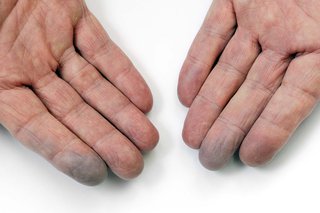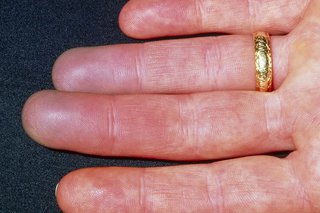Most people say I don't believe in no ghosts ,yet when their watch a film with movie stars long gone don't see m to blink an eyelid.I give a example John Wayne has been dead for a long time yet we can still see him in his many films.I have a theory that the film's that have dead actors or mattress in them still have the essence of that person.I under guise of Holsworthy mark show an training up with Emily Menshouse Stakely of Frick and Frack ,The Dirty Ghostbox to see if we will be able to get some e.v.p from selected dead film stars ..make and female .So time in Welsh you know what happens.
Raynaud's phenomenon is common and doesn't usually cause any severe problems. You can often treat the symptoms yourself by keeping warm. Sometimes it can be a sign of a more serious condition.
Check if it's Raynaud's
Raynaud's affects your blood circulation. When you're cold, anxious or stressed, your fingers and toes may change colour.
Other symptoms can include:
- pain
- numbness
- pins and needles
- difficulty moving the affected area



Some people also find their ears, nose, lips or nipples are affected.
The symptoms of Raynaud's may last from a few minutes to a few hours.
When it's something else
Things you can do yourself
Do
- keep your home warm
- wear warm clothes during cold weather – especially on your hands and feet
- exercise regularly – this helps improve circulation
- try breathing exercises or yoga to help you relax
- eat a healthy, balanced diet
Don't
- smoke – improve your circulation by stopping smoking
- drink too much tea, coffee or cola – caffeine and other stimulants can stop you relaxing
See a GP if:
- your symptoms are very bad or getting worse
- Raynaud's is affecting your daily life
- you only have numbness on one side of your body
- you also have joint pain, skin rashes or muscle weakness
- you're over 30 and get symptoms of Raynaud's for the first time
- your child is under 12 and has symptoms of Raynaud's
Treatment from a GP
If your symptoms are very bad or getting worse, your GP may prescribe a medicine called nifedipine to help improve your circulation.
Some people need to take nifedipine every day. Others only use it to prevent Raynaud's – for example, during cold weather.
Sometimes your GP will examine you and suggest a blood test. In rare cases, Raynaud's could be a sign of a more serious condition, such as rheumatoid arthritis or lupus.


